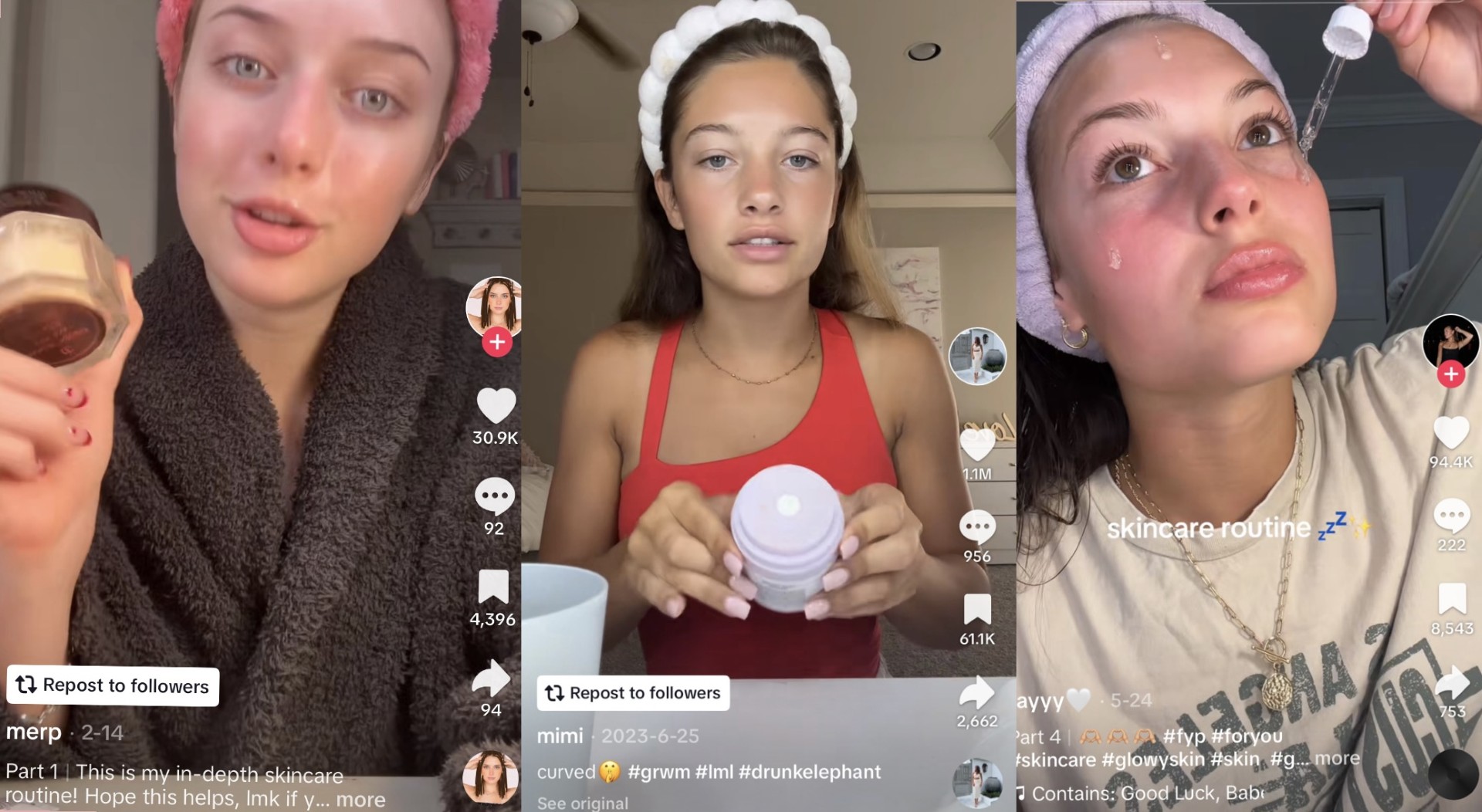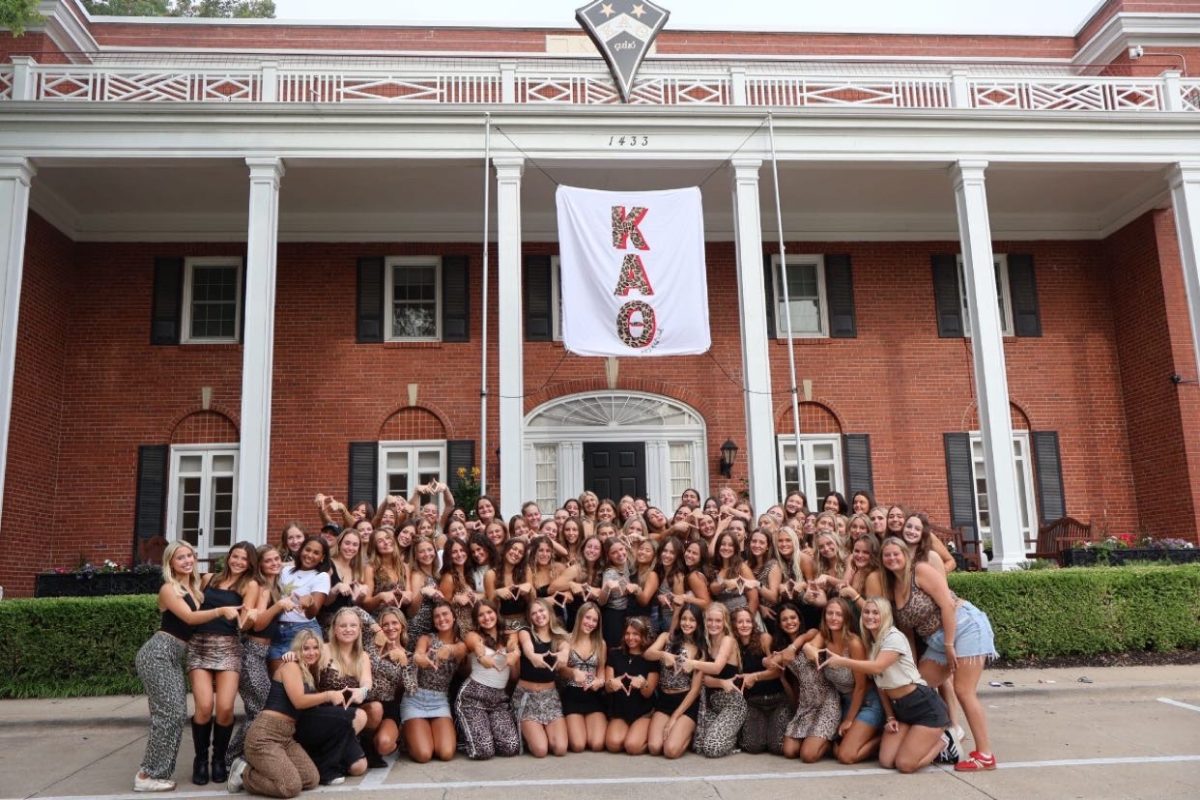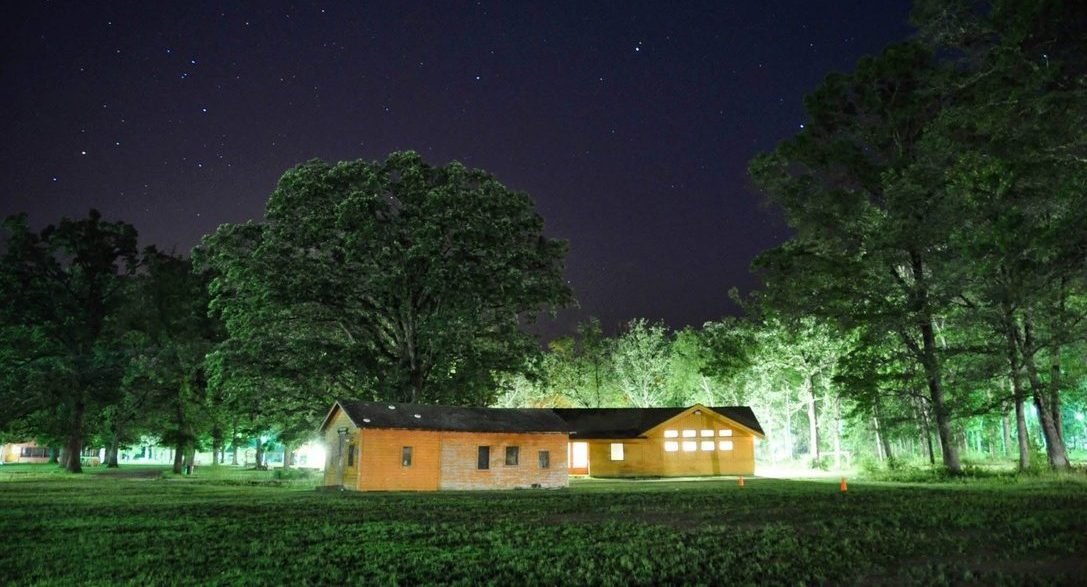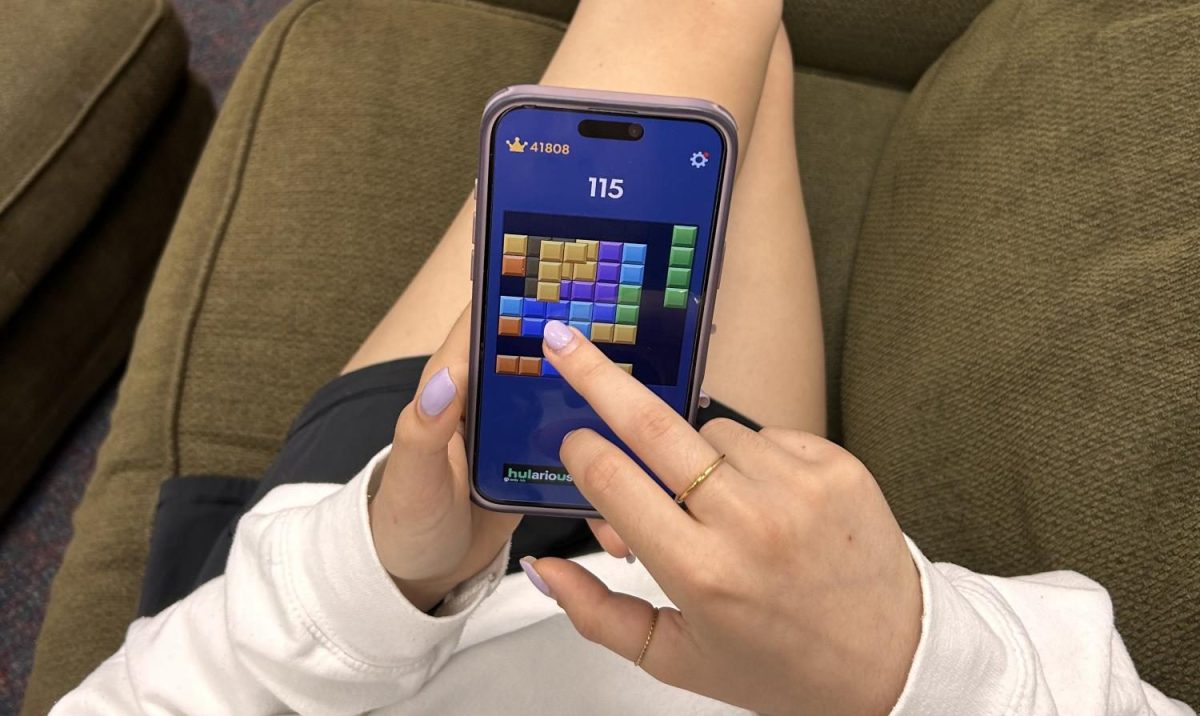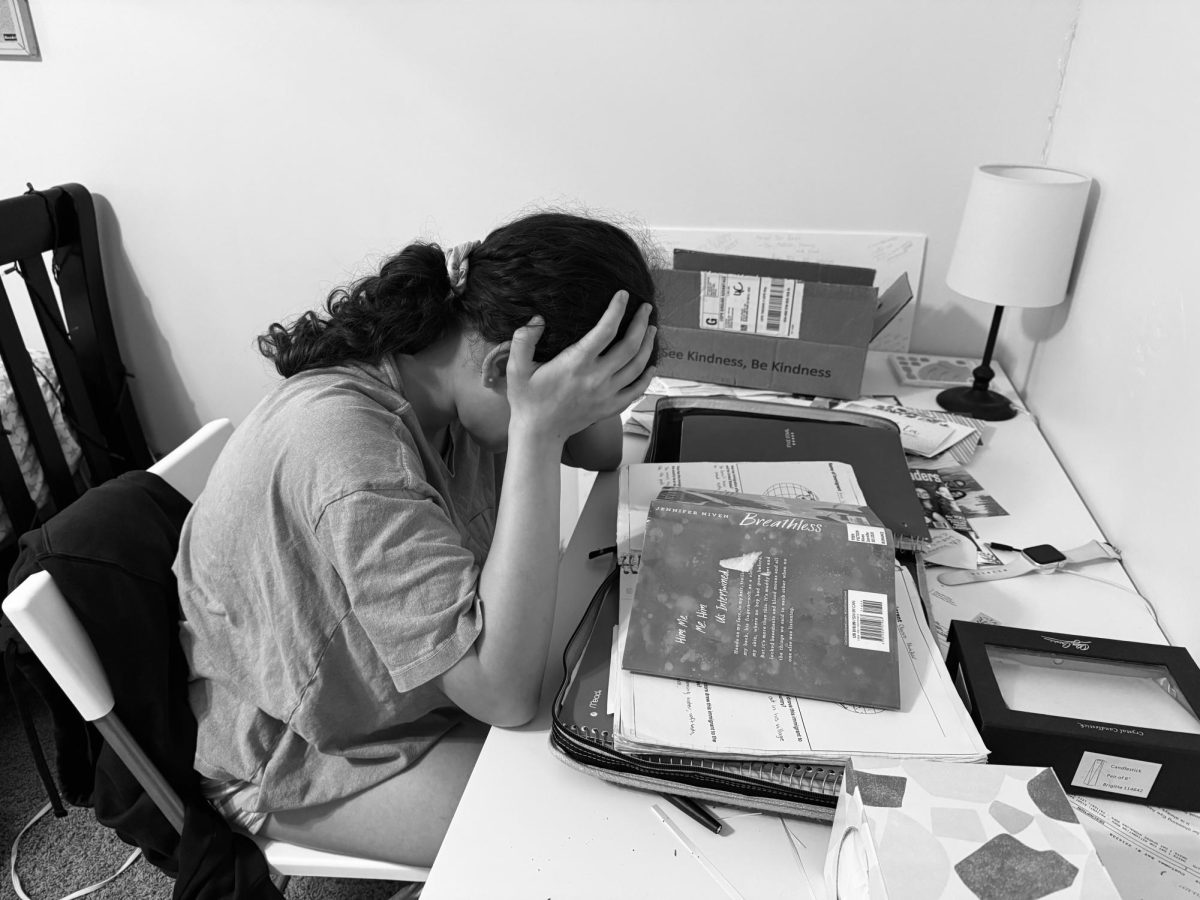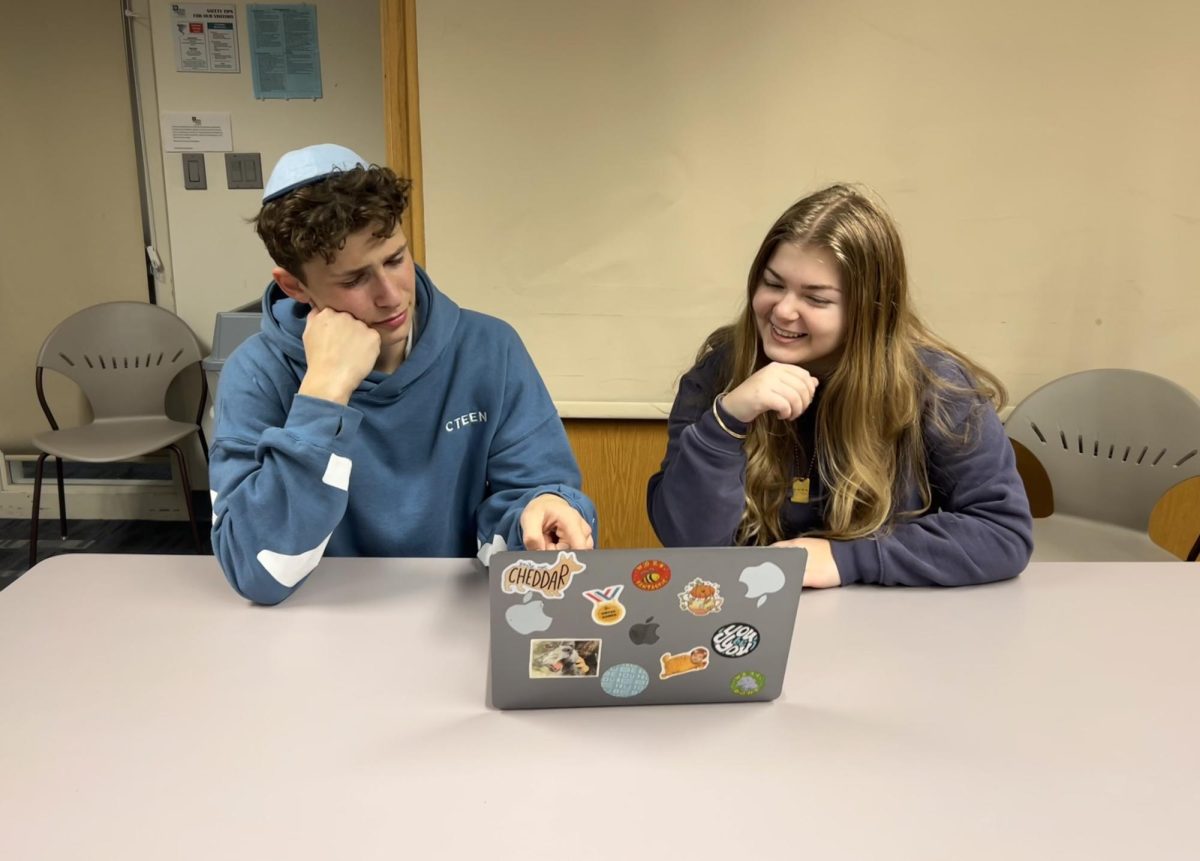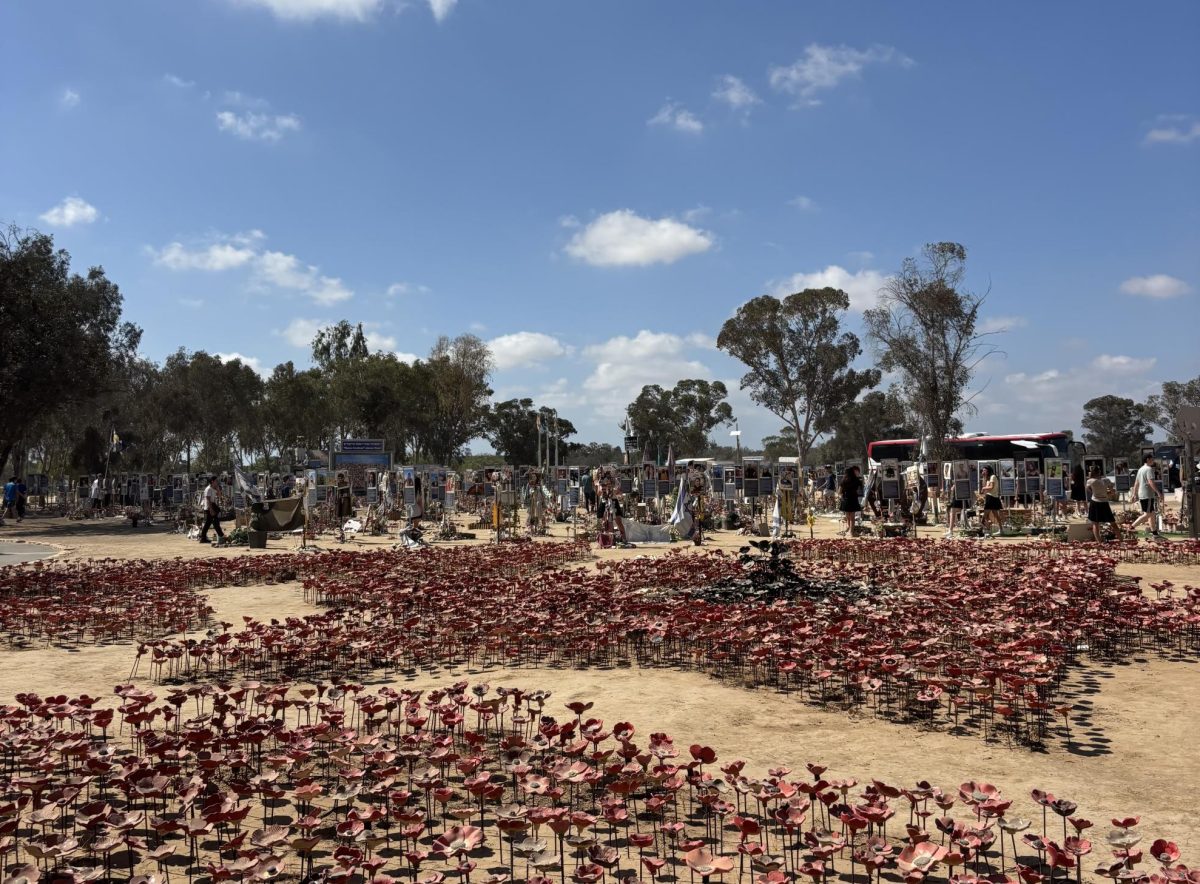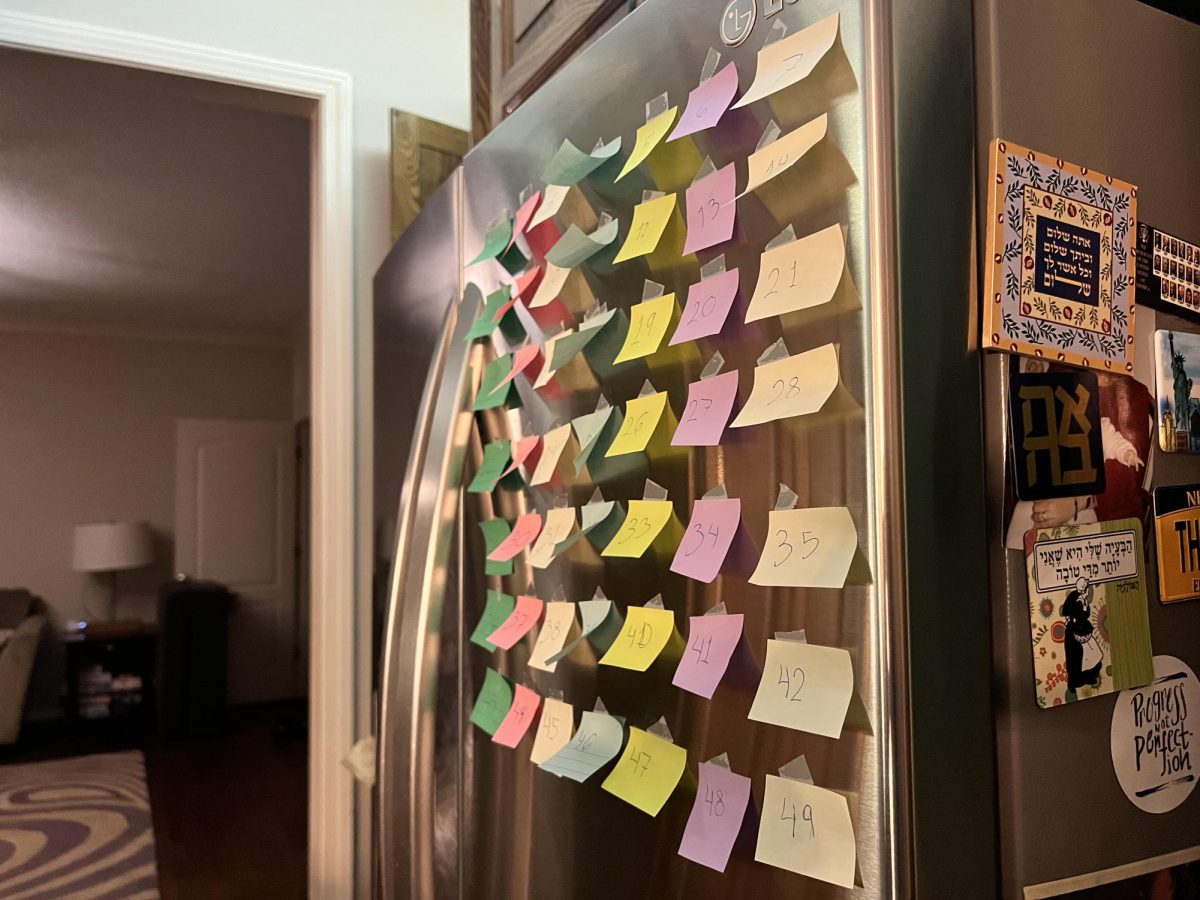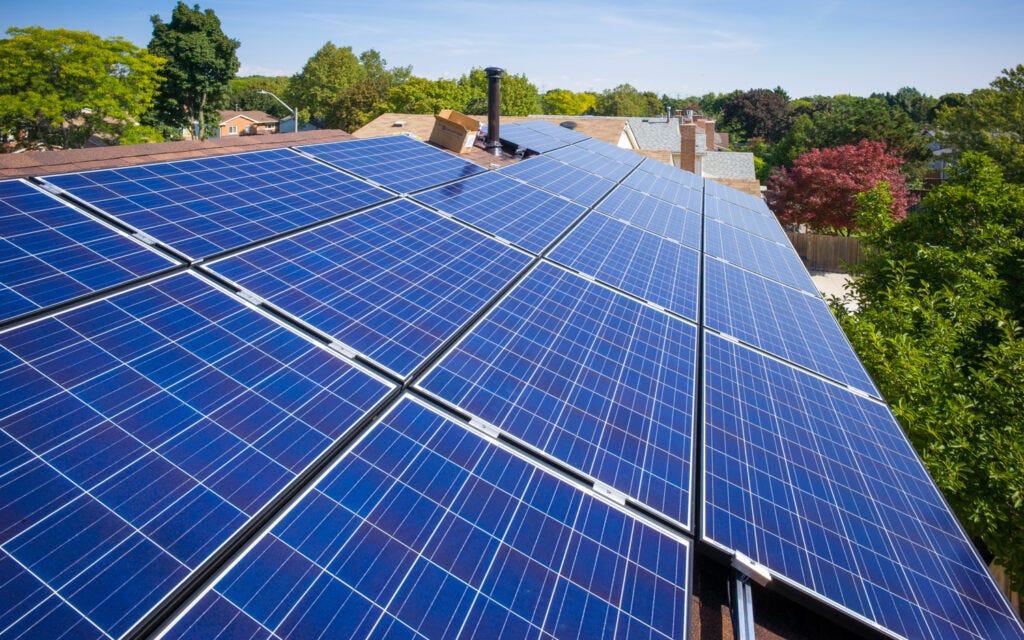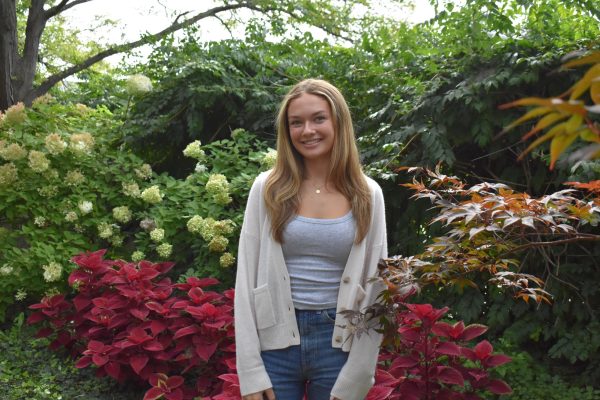As social media’s audience is getting progressively younger, more and more children are paying attention to beauty trends and standards. This is having an extreme effect on young girls’ mental health.
Self-obsession and low confidence are at a high among young girls, causing them to find answers in over-consumption and obsession with their appearances.
Penelope Lieberman, a 6th grader at Pembroke Hill has been influenced to care more about her looks. When talking about the effects social media can have on what she wants, Lieberman stated, “When products go viral, I’ll want them.” But this desire is more than simply being influenced to buy something.
When talking about her peers, Lieberman said, “They go on TikTok and then they just see all these videos…they just kind of feel pressured,” Lieberman said. Influencers in their 20s promoting beauty brands to 12-year-old girls has a long lasting effect on these girls’ mental health and self-esteem.
Being so exposed to the world of beauty products and enhancements at such a young age is causing young girls to feel more insecure. While middle school is usually not a very confident time in anyone’s life, social media platforms are making that stage even harder.
Vivien Wishna, an 8th grader at Leawood Middle School, spoke on how social media influences her. Wishna said, “It felt like a lot of times it was advertising…I would get all these videos that were cheaper versions of nice makeup products, and then I would want to buy either the cheap or real version just from those videos.”
Another way TikTok encourages young girls to feel pressured to buy makeup is with the popularity and spread of Get Ready With Me’s, the viral videos that capture influencers’ makeup and skincare routines. Wishna stated, “I see something, I’ll see them put it on and then that makes me think oh, that’s cute I should get that.”
This urgency to shop is what created the term “Sephora Kid.” Middle school-aged girls are often found sampling and buying products at Ulta and Sephora, especially the viral products, like Drunk Elephant or Sol De Janeiro. “The shopping area where I go to, Town Center, it has a Sephora right in the middle of everything, so we go there a lot,” Wishna said.
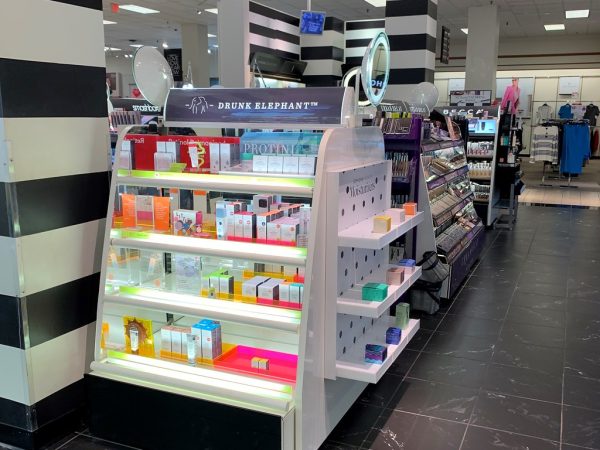
These sections of Sephora that hold the viral products are often found in a state of disarray, pillaged, and run through by 11-year-old girls who do not actually need anything that is on display.
Rika, an employee at the Sephora in Town Center, states, “They do tend to leave the testers really dirty…we actually had to take away and dispose of the testers.” At Sephora, the testers are one of the major attractions to the store for customers, as they give people the opportunity to sample and try out products before purchasing. Needing to take away testers makes it difficult for Sephora shoppers to know what they’re buying.
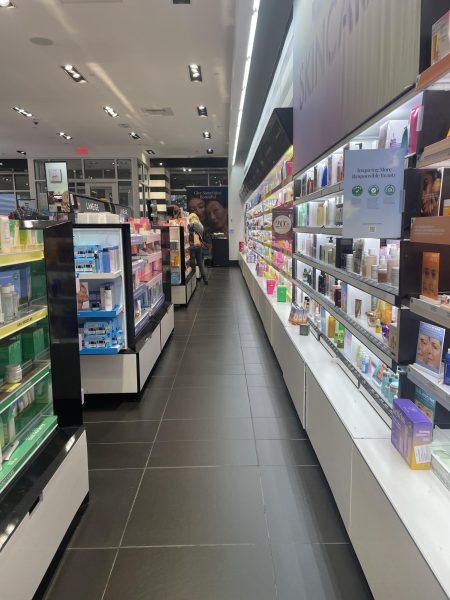
When asked about the cause of this new shopping obsession, Rika said, “I definitely think social media has played a huge role in this, especially TikTok.” She shared her belief that influencers are widely to blame, stating, “Most influencers, I think, are not careful when it comes to influencing skincare…most skincare online is anti-aging.”
But it doesn’t stop there. Retinol, chemical peels, and exfoliants are all viral skincare products endlessly promoted to kids online. These products contain ingredients that can cause rashes, redness, or acne on young kids’ skin, but often no warnings or disclaimers are given.
As this problem worsens, people’s efforts to combat it should increase as well. More information should be shown on social media, and more teaching about makeup, skincare, and the appropriate age to start experimenting with beauty products should be practiced. Makeup brands, influencers, and social media apps should keep their audience’s age in mind and not rush young girls through their childhoods.

